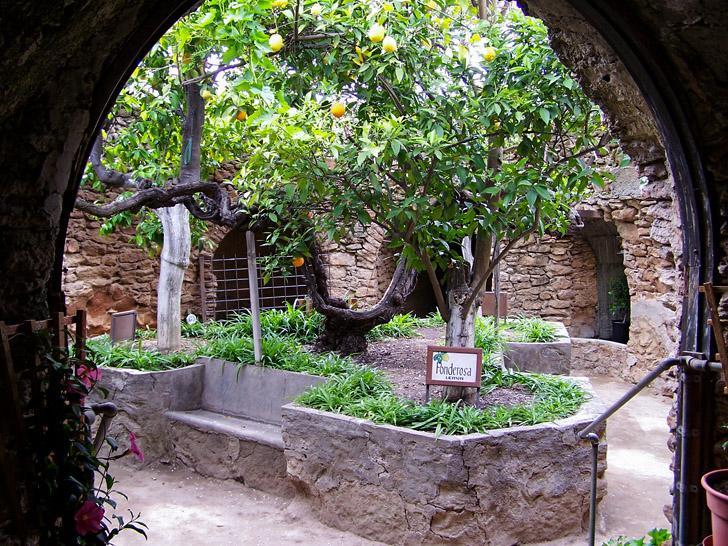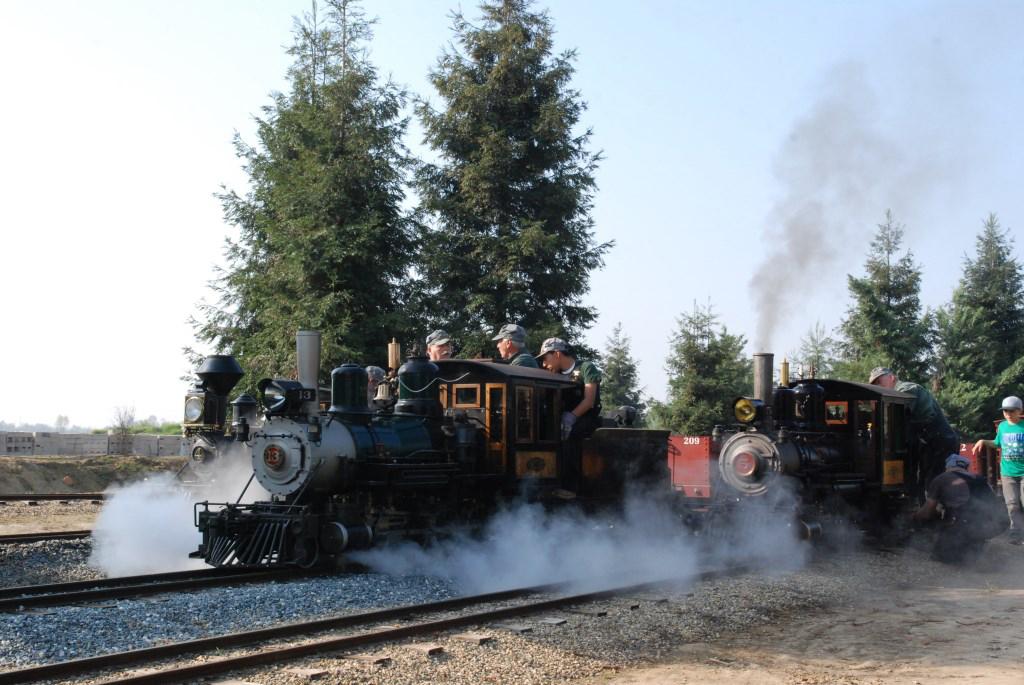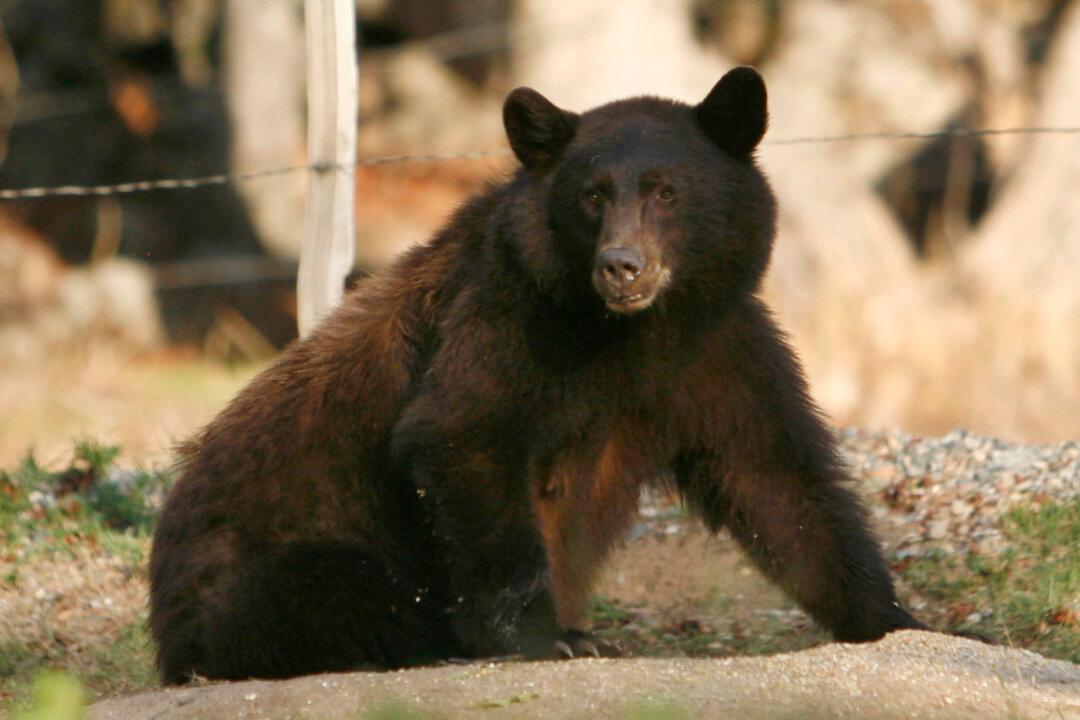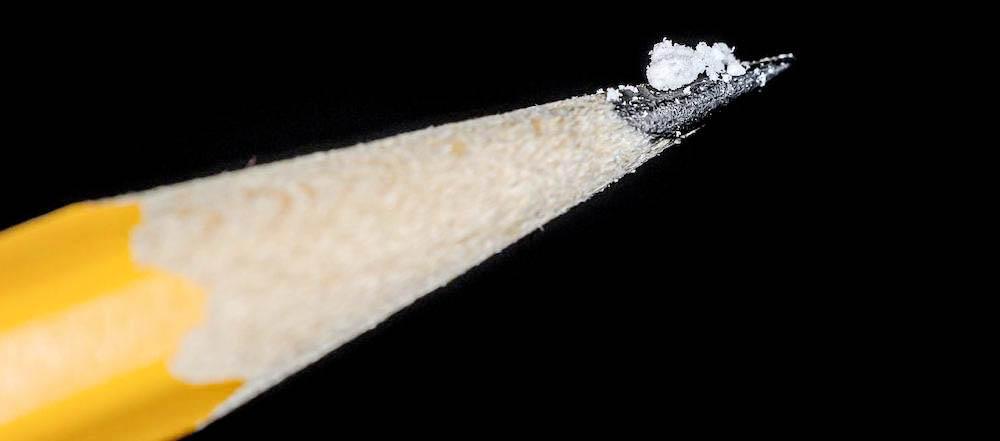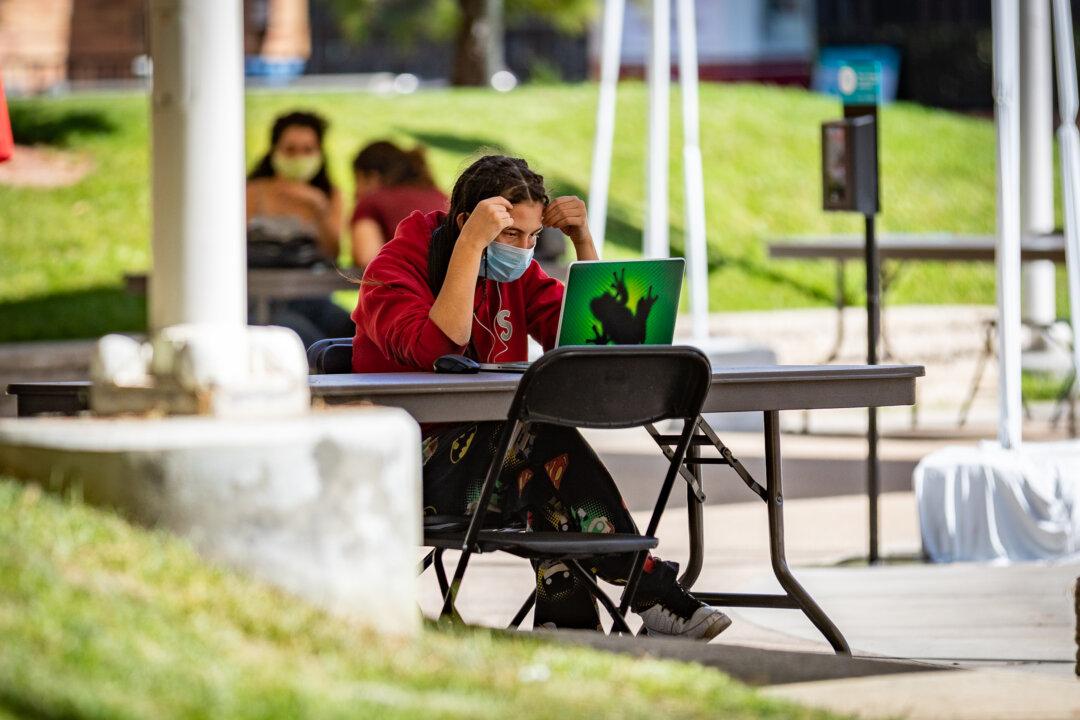Blink and you might miss a famous but hidden gem in Fresno County, California, nestled near the train tracks at Shaw Avenue near Highway 99, where the tops of citrus trees can be seen popping out of the ground, prompting curious passersby to stop and take a photo of the phenomena.
The trees that rise from beneath the ground are part of the horticultural mystique of the Forestiere Underground Gardens, a subterranean network and living museum of tunnels, rooms, and underground courtyards built over 100 years ago by a Sicilian-born immigrant with a can-do attitude.
